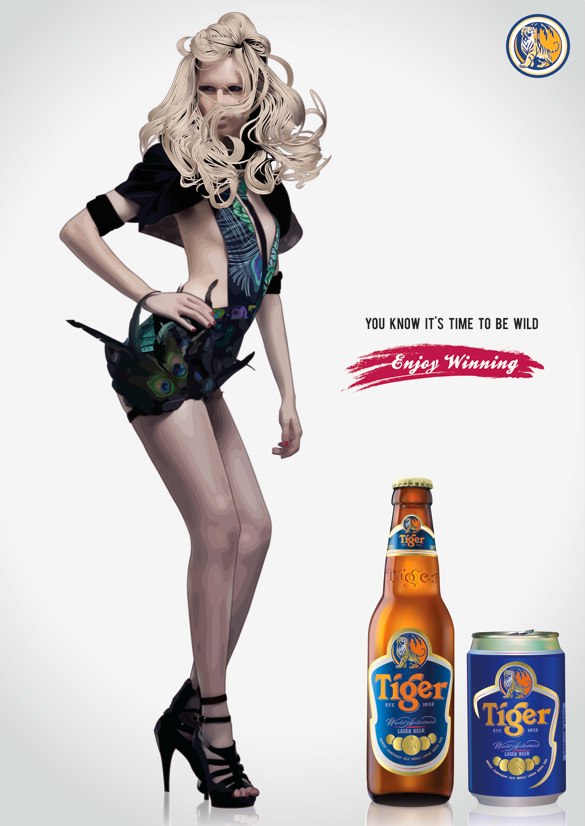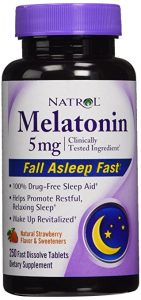https://www.youtube.com/watch?v=vu0rXFhsM8w
I chose to blog about sleeping aids because I know a lot of people suffer from sleeping problems or disorders and getting a good night’s sleep for some people can only come from the help of these drugs. So I really wanted to learn more about sleeping aids and the companies that make them. I chose to focus on a specific sleeping aid called Lunesta because I specifically remember seeing ads for Lunesta a few years ago when I was watching a show on tv. Lunesta has the active ingredient eszopiclone and is used to help people fall asleep that have sleep problems like insomnia. Lunesta is supposed to help you relax so you can fall asleep and to help you stay asleep so you can get 7 to 8 hours of a deep sleep.
The company that produces Lunesta is called Sunovion formerly known as Sepracor Inc. Sepracor Inc was founded in 1984 and had a rocky road in the drug industry before its acquisition to Sumitomo Dainippon Pharma Co., Ltd. in 2010 (Sepracor, 2002). Lunesta was FDA approved in 2004 prior to the acquisition of the company to Sumitomo Dainippon Parma Co. In 2010 Sunovion also got the drug, Latuda FDA approved which is a treatment for adult patients that have schizophrenia. Latuda was also approved for marketing in Canada (2012) and in Europe (2014). And just this year Latuda was FDA approved for the treatment of schizophrenia for 13-17 year olds. Latuda was also approved for the treatment of depressive episodes in bipolar 1 disorders in adults. In 2011 Sunovion partnered with CARE to help improve the lives and the health of those in need. In 2015 Sunovion received the Scrip Award for Management Team of the Year and the Silver Stevie Award for Global Clinical Development Organization (Sunovion, 2017). Sunovion’s mission is “to broadly contribute to society through value creation based on innovative research and development activities for the betterment of health care and fuller lives of people worldwide” (Sunovion, 2017). Their vision is to help lead the way to a world that is more healthy. The values they believe in are to place the customer first, acting with the highest of standards and caring for their people.
The audience that the company, Sunovion is trying to reach is definitely adults. The majority, I would assume to be around middle age as there are certain side effects that elderly people have had when taking Lunesta. Lunesta is not recommended for people that are not adults and the dosage is usually smaller for those that are elderly. The advertisement that I am focusing on only has adults in it and I would say that they are all about middle aged. This would make sense since Lunesta is not for kids and adults that have less health issues, usually younger adults, are better candidates for having less side effects. Or at least having side effects that aren’t as troublesome.
The active ingredient in Lunesta is eszopiclone. Eszopiclone is apparently highly addictive and only meant for a short time use. People who are addicted to Lunesta show many signs that people addicted to other drugs show. For example they may take Lunesta longer than they are prescribed it, isolate themselves from their loved ones, repeatedly put off quitting Lunesta, start taking more than their prescribed dosage, etc. When people addicted to Lunesta quit taking it, they may experience withdrawal symptoms like insomnia or anxiety. (Addiction to Lunesta, 2017). The ad for Lunesta said nothing about the high potential for addiction of it. Which can be very misleading as getting 7 to 8 hours of uninterrupted sleep a night is a very attractive idea. Since Lunesta is such an addictive drug it can sometimes lead to an overdose which can cause extreme drowsiness, abruptly passing out, difficulty breathing and even a coma (Addiction to Lunesta, 2017). Taking Lunesta with other drugs (other sleeping ads or alcohol) could lead to an overdose and could also be fatal, which is another huge drawback of Lunesta.
The ad for Lunesta starts out with this glowing butterfly, looking pretty similar to the glow in the dark stars that you put on your ceiling as a kid. Very hypnotic and enjoyable to watch as it floats around the screen. The woman narrating the ad has a very calm, hypnotizing voice. Sounding as if she is trying to put you to sleep with her words alone. The butterfly (which is symbolic for the drug, Lunesta) flies around to a couple different households in what seems to be a sleeping city and puts people sleep. The butterfly keeps flying around until it is the morning and the people it helped sleep are now waking up looking well rested and ready to start their day. The ad does give some side effects to using Lunesta, but they all seem rather ambiguous, like drowsiness and a bad taste in the mouth. The side effects that the hypnotic voices tells us don’t seem that bad. What the ad doesn’t tell you is that the potential to become addicted to Lunesta is pretty high. The ad makes Lunesta seem like the perfect sleep aid that has little to no side effects. When is reality Lunesta is highly addictive and has some very uncomfortable withdrawal symptoms.
At first I thought Lunesta was a really great sleep aid. It did a really good job at what it is supposed to do. It provides 7 to 8 hours of deep sleep. Who wouldn’t want that? However Lunesta does too good of a job in my opinion. Since it’s really good at giving a person at least 7 hours of deep sleep, it is highly attractive. I myself would love to get that much sleep every night. I would definitely not recommend Lunesta to any friends or family that have any problems with addictions. Lunesta has a high potential for addiction and can have the withdrawal symptom of insomnia, which is what Lunesta is supposed to help with. I would however recommend it to someone that is having really bad sleeping problems and has had no history with addictions. Lunesta is really good at it’s job and if it wasn’t so addictive, would be a really great product because a lot of the other side effects that are common are not too severe.
Citations:
Lunesta. (September 19, 2016) Retrieved from https://www.drugs.com/lunesta.html
Sunovion website. (2017) Retrieved from http://www.sunovion.us/who-we-are/our-mission.html
Sepracor Inc. History. (2002) Retrieved from http://www.fundinguniverse.com/company-histories/sepracor-inc-history/
Addiction to Lunesta. (2017) Retrieved from https://www.addictioncenter.com/sleeping-pills/lunesta/




 If you’ve ever watched the Superbowl, you’re probably aware of the opinion shared by people around the world that it is the one time a year where the advertisements during commercial breaks are actually worth watching. With a 30 second ad having a price tag of $5 million dollars, (that’s $166,667 per second) (Business Insider), it’s no surprise that companies have perfected their advertisements through hundreds of thousands of dollars in an attempt to draw people in and persuade them to buy their product in the most effective way possible. These short commercials often exhibit beautiful cinematography, catchy music, famous actors, a sense of adventure, and amazing destinations, all which help to catch the attention of the viewers and leave them with a favorable impression of the product. Some of the most prominent commercials not just during the superbowl, but for anytime you’re watching TV are for alcoholic beverages. The majority of people can list of the names of popular beers even if they personally have never drank them. This is a result of effective marketing and advertising for alcohol. If you ask someone about beer commercials on TV or during the superbowl, many will automatically think of Budweiser’s signature Clydesdale horses and cute puppies, or Dos Equis’ the most interesting man in the world, (
If you’ve ever watched the Superbowl, you’re probably aware of the opinion shared by people around the world that it is the one time a year where the advertisements during commercial breaks are actually worth watching. With a 30 second ad having a price tag of $5 million dollars, (that’s $166,667 per second) (Business Insider), it’s no surprise that companies have perfected their advertisements through hundreds of thousands of dollars in an attempt to draw people in and persuade them to buy their product in the most effective way possible. These short commercials often exhibit beautiful cinematography, catchy music, famous actors, a sense of adventure, and amazing destinations, all which help to catch the attention of the viewers and leave them with a favorable impression of the product. Some of the most prominent commercials not just during the superbowl, but for anytime you’re watching TV are for alcoholic beverages. The majority of people can list of the names of popular beers even if they personally have never drank them. This is a result of effective marketing and advertising for alcohol. If you ask someone about beer commercials on TV or during the superbowl, many will automatically think of Budweiser’s signature Clydesdale horses and cute puppies, or Dos Equis’ the most interesting man in the world, ( 

